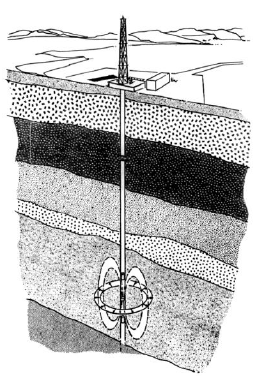Unilateral Magnetic Resonance
Abstract
In just a few decades Nuclear Magnetic Resonance (NMR) has become an important tool in almost all areas of human development. In this context, Unilateral Magnetic Resonance (UMR) has emerged in recent years as a powerful technique to explore samples of arbitrary size. In UMR the desired magnetic field is generated in a remote volume outside the magnet, which means inhomogeneous magnetic field. New magnet designs have been developed and applied in diverse fields such as down-hole oil well logging, characterization of food products, medical applications, material analysis, artwork preservation and investigation of plants and soils. Nevertheless, because of the advantages and capabilities of this method, new applications are continually being developed. This work introduces the particularities of NMR in inhomogenous fields and makes a review of the most important works developed in UMR. Magnet approaches and new applications are discussed.

This work is licensed under the Creative Commons Attribution-NonCommercial 4.0 International (CC BY-NC 4.0) license.








